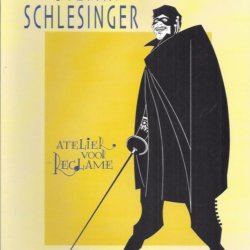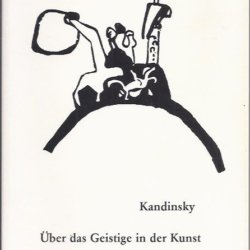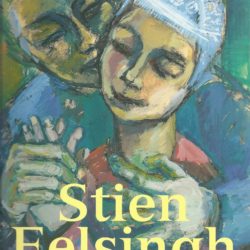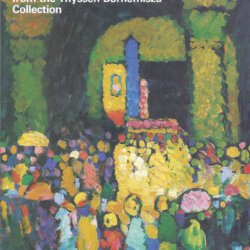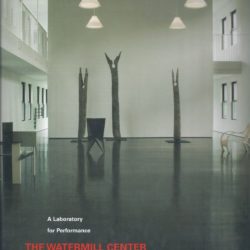New objectivity: modern German art in the Weimar republic 1919-1933
Extra informatie
| Staat | |
|---|---|
| Titel | New objectivity: modern German art in the Weimar republic 1919-1933 |
| Schrijver(s) | |
| Uitgever | |
| Publicatiedatum | |
| Aantal bladzijden | |
| Genre | |
| EAN |
This beautifully illustrated book brings together a dazzling variety of works and provides fresh insight into artistic expressions of life in the Weimar Republic.
Between the end of World War I and the Nazi assumption of power, Germany’s Weimar Republic (1919-1933) functioned as a thriving laboratory of art and culture. As the country experienced unprecedented and often tumultuous social, economic and political upheaval, many artists rejected Expressionism in favour of a new realism to capture this emerging society. Dubbed Neue Sachlichkeit – New Objectivity – its adherents turned a cold eye on the new Germany: its desperate prostitutes and crippled war veterans, its alienated urban landscapes, its decadent underworld where anything was available for a price. Showcasing 150 works by more than 50 artists, this book reflects the full diversity and strategies of this art form. Organised around five thematic sections, it mixes photography, works on paper and painting to bring them into a visual dialogue. Artists such as Otto Dix, George Grosz and Max Beckmann are included alongside figures such as Christian Schad, Alexander Kanoldt, Georg Schrimpf, August Sander, Lotte Jacobi and Aenne Biermann. Also included are numerous essays that examine the politics of New Objectivity and its legacy, the relation of this new realism to international art movements of the time; the context of gender roles and sexuality; and the influence of new technology and consumer goods.
€62.95
1 op voorraad
Waarom tweedehands boeken van boekenvinden.nl?
- Geef een gebruikt boek een nieuw leven
- Al onze boeken zijn in goede staat
- 14 dagen retourneren
- Gratis verzending vanaf €30,-
- Veilig betalen met iDeal of Paypal
- Vraag? Stuur ons een mailtje
- Deel dit product
Bekijk ook deze eens
Gerelateerde producten
-

Stefan Schlesinger (1896-1944)
€4.95 Toevoegen aan winkelwagen
Peter van Dam, Philip van Praag -

Über das Geistige in der Kunst
€13.95 Toevoegen aan winkelwagen
Wassily Kandinsky -

Stien Eelsingh
€31.95 Toevoegen aan winkelwagen
R.H. Smit-Muller - Aanbieding!

Expressionism and Modern German Painting from the Thyssen-Bornemisza Collection
€19.96Oorspronkelijke prijs was: €19.96.€14.97Huidige prijs is: €14.97. Toevoegen aan winkelwagen -

The Watermill Center
€64.95 Toevoegen aan winkelwagen
Jose Macian

